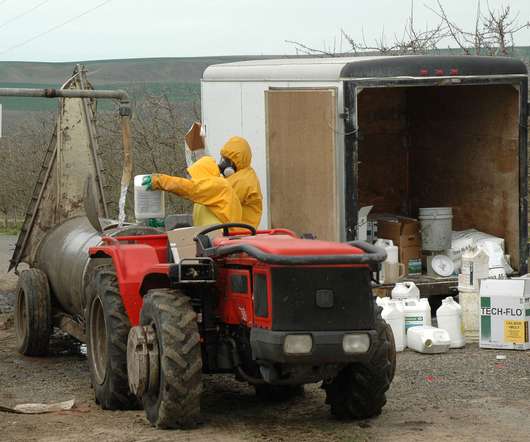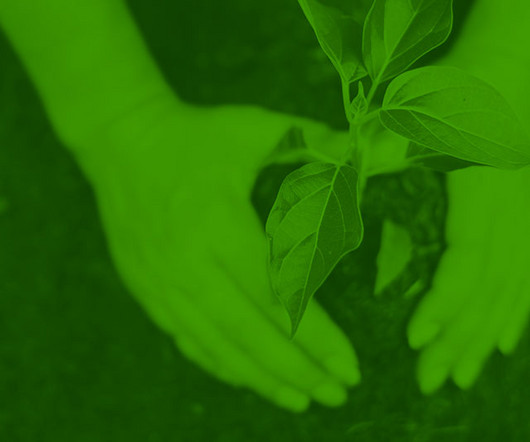An enduring threat to water?
Envirotec Magazine
MAY 10, 2021
Also, the use of firefighting foams containing PFAS is being curtailed in multiple jurisdictions, with many foam users having transitioned to fluorine-free (F3) foams14, 15, whose extinguishing performance has been proven in International Civil Aviation Organization (ICAO) tests since 200216. Biological approaches to mineralise PFAS (i.e.















Let's personalize your content